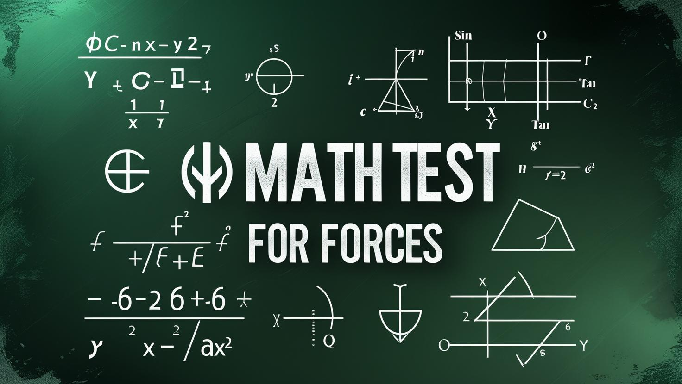
ALL FORCES Inter Base – Math Quiz 07
Posted: 21 Aug, 2025
⚔️ ALL FORCES Inter Base – Math Quiz ⚔️
This Inter Base Mathematics quiz is specially designed for candidates preparing to join the Pakistan Army, Pakistan Air Force, Pakistan Navy, and AFNS. It builds strong math concepts, including integration, derivatives, and matrices, and prepares students for all forces’ entry tests as well as academic exams.
🎯 What This Quiz Will Prepare You For
• Clear concepts of Algebra, Geometry, Integration, Derivatives, and Matrixs
• Faster MCQ-solving skills
• Confidence for all forces’ entry tests
⏱️ Quiz Format & Duration
• Total MCQs: 50
• Time Limit: 18 minutes
• Question Type: Multiple Choice Questions
• Passing Marks: 50%
🚀 Sharpen Your Mind – Train Like a Future Cadet!
💪 Stay focused, stay sharp — your mission to wear the uniform of Pakistan’s Armed Forces starts now!
